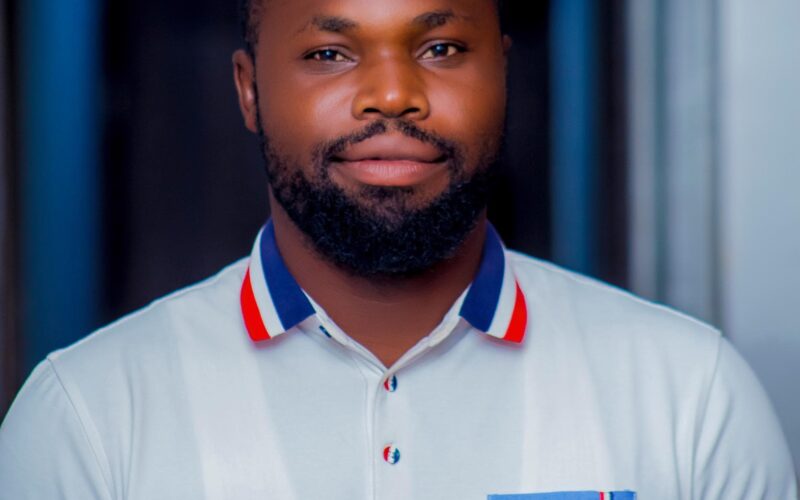By Hamza Yakubu
In Nigeria, the creation of states wasn’t merely a geographical division; each state was born out of a specific vision and purpose. For Kogi State, research reveals that unity and development were the twin pillars that drove its creation. This piece isn’t to tell us much about the history of our creation as Kogi State, but to take a deeper look at one of the visions behind the creation of Kogi State, which is development.
Development, dividends of democracy, and the likes of other related words and phrases have become buzzwords often used to discuss the performance of any administration. However, it’s crucial that we pause and ask: What does development truly mean Is it merely about infrastructure, or does it encompass a broader spectrum of economic, social, and human development. As much as these words and phrases are now a recurring discussion on our lips, and everyone seems to know the usage of it, it’s essential that we begin to seek clarity on what it is to be set for development.
The Kogi State journey, since its creation in 1991, despite getting it right in a few places, Kogi State meandered without a clear direction; it has been a journey marred by lack of focus and particularities. For us, we were just living; we were just existing. No open, realistic plan, specifically, a developmental plan. From 2016 till 2023, the government of Kogi laid a solid foundation for development in the State.
The 32-year development plan, thoughtfully drafted by the former Governor of the state, Alhaji Yahaya Adoza Bello, before leaving office in 2024 is a validation to the administration’s foresight, and it has in no small measure projected to the whole world that Kogi State is now set to witness monumental development in all sectors of the economy, including:
1. Economic development: boosting agriculture, industry, and entrepreneurship
2. Infrastructure development: roads, bridges, and public transportation
3. Human development: education, healthcare, and skills acquisition
Singapore, Rwanda, and other developing and developed countries we often use when discussing economic growth of societies didn’t find themselves where they are now overnight; their present economic realities are a product of thoughtful and meticulous planning and solid execution of the plans. We all know the figure history of the GDP per capita of Singapore and Rwanda, so I wouldn’t want to stress this piece with historied figures.
The fact that a 32-year realistic development plan has been meticulously drafted for Kogi State shows that, in some decades to come, Kogi State will be used as a vantage reference for states in Nigeria when it comes to rapid development and growth discussion.
The present administration of Governor Ahmed Usman Ododo in Kogi State, through his actions, is showing that the solid developmental foundation laid by former Governor Alhaji Yahaya Adoza Bello is being consolidated on, and that Kogi State is coming to be on the path of industrialization and optimal productivity. The rich mineral and natural resources that abound in Kogi State are enough, if properly harnessed, to make Kogi State a model of development in Nigeria, Africa, and the world.
An example of a factor that indicates that we now know where we are heading is the recent clearance of ₦98 billion facilities in Kogi State owed by past administrations. It shows to me in clear terms that Kogi State is performing excellently.
Despite seeing some few romantic economists (critics) criticizing that feat, stating why pay debts when there’s still infrastructure deficit and amongst other points, adjudging the feat as a bad fiscal policy, thereby making it counterintuitive, I see an administration with macroeconomics acumen, and understands that economic timing is essential and imperative.
It was a strategic move for the government to pay off old loans. We are repaying debt when inflation is eating into real purchasing power, and the effective real cost of repayment is lower. That’s not poor judgment; that’s a monetary policy hack. The bigger picture for me is the credibility portrayed by the ogi State Government by cleaning up Kogi’s debt balance sheet. We are reducing debt exposure and improving fiscal sustainability profiles.
A state weighed down by historical debt is not attractive to investors. By settling liabilities in full, Kogi State is sending a strong signal – discipline and green light for capital inflows.
Let’s even think this: a state like Kogi State, which is eagerly working to see that all facets of economic sectors are developing, needs to start thinking and acting outside the box. FAAC and internal generated revenues (IGR) may not be enough again; we need serious local and foreign direct investments. We need to attract the attention of development banks, sovereign wealth funds, infrastructure financiers, and others. Getting their attention and attracting them to our state means that we must have a clean balance sheet.
So far, good. I can say that Kogi State is developing. The 32-year development plan is yielding results; it’s giving clue and focus on what needs to be done. Overall, Governor Ahmed Usman Ododo is performing. Judging by our present state, Kogi State is on the way to achieving one of the visions behind its creation, which is development.
What’s Next for Kogi State is bold investments in productive infrastructure, smart public-private partnerships, and people centred innovation.


